Download Image From Url Python
Introduction:
In today’s digital age, downloading images from URLs has become a common phenomenon. Whether you are a developer or a data analyst, being able to extract images from URLs is a valuable skill to possess. In this article, we will explore various techniques and libraries in Python that can be used to efficiently download images from URLs. We will also discuss the benefits of utilizing Python for this task and provide some advanced techniques for automating image downloads.
Benefits of Downloading Images from URLs in Python:
1. Automation: Python provides a vast array of libraries and tools that make automating tasks such as image downloading a breeze. With just a few lines of code, you can download multiple images from different URLs, saving you a considerable amount of time and effort.
2. Customizability: Python allows you to customize the image downloading process according to your specific requirements. You can specify file names and directories, ensuring that the images are organized in a structured manner.
3. Error Handling: Python libraries such as requests and urllib provide robust error handling mechanisms. They allow you to gracefully handle any errors or exceptions that may occur during the downloading process, ensuring a smooth and uninterrupted experience.
4. Resource Optimization: By implementing resizing and optimization techniques, Python enables you to download images in an optimized format, reducing storage requirements without compromising image quality. This is particularly useful when dealing with large volumes of images.
Understanding the Concept of Downloading Images from URLs:
Before diving into the technical aspects, it is crucial to understand the concept of downloading images from URLs. Simply put, when you encounter an image on the internet, it is usually stored at a specific URL (Uniform Resource Locator). This URL contains the address of the image file, which can be accessed and downloaded using appropriate techniques and libraries.
Exploring the urllib Library for Downloading Images:
Python’s urllib library provides several modules that allow you to handle URLs. The urllib.request module, in particular, offers functions to retrieve data from URLs. To download an image using urllib, you can utilize the urllib.request.urlretrieve() function. This function takes a URL as input and saves the image to a specified local directory.
Using the Requests Library to Download Images from URLs:
The requests library is another powerful tool in Python for downloading images from URLs. It simplifies the process by abstracting away the complexities of dealing with URLs, headers, and other web-related tasks. The requests.get() function can be used to fetch the content of a URL, including image files. Once the content is obtained, you can save it to a local directory by writing it to a file.
Handling Errors and Exceptions when Downloading Images:
While downloading images from URLs, it is essential to handle potential errors or exceptions that may arise. Network failures, invalid URLs, and server errors can hinder the downloading process. To address these scenarios, you can utilize exception handling techniques in Python. By wrapping the image downloading code in a try-except block, you can gracefully handle errors and provide alternative actions if necessary.
Downloading Images using the wget Library in Python:
The wget library in Python provides a simple and convenient way to download files from URLs. It offers various functionalities, including resuming interrupted downloads and downloading files based on specific criteria, such as file type. To download an image using wget, you can utilize the wget.download() function, specifying the URL and the local directory to save the image.
Customizing the Downloading Process by Specifying File Names and Directories:
Python allows you to customize the image downloading process by specifying file names and directories. By default, image files downloaded using urllib or requests are saved with their original names. However, you can manipulate the file name or rename it upon downloading. Additionally, you can specify the directory path where the downloaded images should be saved, ensuring proper organization and easy accessibility.
Implementing a Progress Bar for Image Downloads in Python:
To enhance the user experience while downloading images, Python provides options to implement a progress bar showing the status of the download. Libraries such as tqdm offer functionalities to create progress bars, displaying the download progress in real-time. Integrating a progress bar in your image downloading code not only makes the process more visually appealing but also allows users to track the download’s progress.
Resizing and Optimizing Downloaded Images for Efficient Storage:
When dealing with a large number of downloaded images, optimizing storage becomes a crucial aspect. Python offers various libraries, such as Pillow and OpenCV, that enable image resizing, compression, and format conversion. By implementing these techniques, you can reduce the size of the downloaded images without sacrificing quality, resulting in efficient storage utilization.
Automating Image Downloads using Web Scraping Techniques in Python:
Web scraping is a powerful technique to extract data from websites automatically. With Python’s libraries like BeautifulSoup and Selenium, you can scrape web pages, identify images embedded within them, and download those images using the techniques discussed earlier. This automation can be particularly useful when dealing with websites that frequently update their image galleries.
Advanced Techniques for Image Downloading using Multi-threading and Asynchronous Programming in Python:
To speed up the image downloading process, advanced techniques like multi-threading and asynchronous programming can be employed in Python. By leveraging the threading or asyncio libraries, you can parallelize image downloads, drastically reducing the overall execution time. These techniques allow concurrent processing, enabling faster retrieval of images from multiple URLs.
Conclusion:
In this comprehensive guide, we have explored various techniques and libraries in Python for downloading images from URLs. We discussed the benefits of utilizing Python for this task, including automation, customizability, error handling, and resource optimization. By understanding the concept of downloading images from URLs and implementing the discussed techniques, you can effectively and efficiently download images for your projects.
FAQs:
Q1: How can I read an image from a URL in Python?
To read an image from a URL in Python, you can use libraries like Pillow or OpenCV. These libraries provide functions to directly read and manipulate images from URLs.
Q2: How can I download an image from a URL in Python?
In Python, you can download an image from a URL using libraries like urllib, requests, or wget. These libraries offer functions and methods to fetch the image content from the URL and save it to a local directory.
Q3: Can I download videos from URLs using Python?
Yes, Python provides libraries and modules like youtube-dl or pafy that allow you to download videos from URLs. These libraries support various video hosting platforms and provide functionalities to fetch and save videos.
Q4: How can I download an image file from a URL and save it to a specific directory in Python?
To download an image file from a URL and save it to a specific directory in Python, you can use libraries like urllib, requests, or wget. These libraries provide options to specify the local directory path where the downloaded image should be saved.
Q5: How can I download multiple images from a website using Python code?
To download multiple images from a website using Python code, you can utilize web scraping techniques. Libraries like BeautifulSoup or Selenium can be used to fetch the web page, extract image URLs, and then download the images using the discussed techniques.
Q6: Can I download an image from a URL using the urllib library?
Yes, the urllib library in Python provides the urllib.request.urlretrieve() function, which allows you to download an image from a URL and save it to a local directory.
Q7: Can I customize the file name and directory while downloading an image in Python?
Yes, Python provides options to customize the file name and directory while downloading an image. Libraries like urllib or requests allow you to specify the local directory path and manipulate the file name according to your requirements.
Q8: How can I display a progress bar during image downloads in Python?
To display a progress bar during image downloads in Python, libraries like tqdm can be used. These libraries provide functionalities to create progress bars, allowing you to visualize the download progress in real-time.
Q9: Are there any techniques to optimize the storage of downloaded images in Python?
Yes, Python offers libraries like Pillow or OpenCV that enable image resizing, compression, and format conversion. By implementing these techniques, you can optimize the storage of downloaded images by reducing their size without compromising quality.
Q10: How can I speed up image downloads in Python?
To speed up image downloads in Python, you can leverage advanced techniques like multi-threading or asynchronous programming. Libraries like threading or asyncio allow you to parallelize the image downloading process, significantly reducing the overall execution time by enabling concurrent processing.
Python 3 Download Images From Url Using Request,Wget \U0026 Urllib Libraries Full Example 2020
Keywords searched by users: download image from url python Read image from URL Python, Download image from URL, Download video from url Python, Python3 download image, Python download file from URL and save to directory, Python code to download images from website, Urllib request download image, Python download picture from website
Categories: Top 43 Download Image From Url Python
See more here: nhanvietluanvan.com
Read Image From Url Python
In today’s digital landscape, Python has emerged as a popular programming language for a wide range of tasks, including image processing and manipulation. In this article, we will explore how to read an image from a URL using Python. We will cover different methods and libraries that enable you to retrieve and process an image efficiently. So, let’s dive in!
Table of Contents:
1. Introduction to Reading Images from URL in Python
2. Methods to Read an Image from URL
2.1 Using urllib Library
2.2 Using Requests Library
2.3 Using OpenCV Library
3. Comparison of Methods
4. FAQs
1. Introduction to Reading Images from URL in Python
Reading an image from a URL allows you to access and manipulate images hosted on the web. This functionality is crucial for various image-based applications, such as web scraping, computer vision, and machine learning. Python provides several libraries and methods to accomplish this task efficiently.
2. Methods to Read an Image from URL
2.1 Using urllib Library
The urllib library in Python provides a simple interface for making HTTP requests and handling URLs. To read an image from a URL using urllib, you need to follow these steps:
a. Import the urllib library:
“`python
import urllib.request
“`
b. Fetch the image from the URL:
“`python
url = “https://example.com/image.jpg”
image = urllib.request.urlopen(url).read()
“`
c. Save the image:
“`python
with open(“image.jpg”, “wb”) as f:
f.write(image)
“`
In the above code, we first imported the urllib library. Then, we used the `urlopen()` function to open the URL and retrieve the image data. Finally, we saved the image by writing the retrieved data into a file.
2.2 Using Requests Library
The Requests library is widely used for making HTTP requests in Python due to its simplicity and flexibility. Here’s how you can utilize it to read an image from a URL:
a. Install the requests library (if not already installed):
“`python
pip install requests
“`
b. Import the requests library:
“`python
import requests
“`
c. Fetch the image from the URL:
“`python
url = “https://example.com/image.jpg”
response = requests.get(url)
image = response.content
“`
d. Save the image:
“`python
with open(“image.jpg”, “wb”) as f:
f.write(image)
“`
In the above code, we first installed the requests library (if necessary) using pip. Then, we imported the requests library and used the `get()` method to retrieve the image data from the specified URL. Finally, we saved the image data to a file similar to the previous example.
2.3 Using OpenCV Library
OpenCV is a powerful computer vision library that offers extensive functionality for image and video processing. Although primarily designed for computer vision tasks, OpenCV can also be used to read images from URLs.
a. Install the OpenCV library (if not already installed):
“`python
pip install opencv-python
“`
b. Import the OpenCV library:
“`python
import cv2
“`
c. Fetch and save the image from the URL:
“`python
url = “https://example.com/image.jpg”
image = cv2.imread(url)
cv2.imwrite(“image.jpg”, image)
“`
In the above code, we first installed the OpenCV library (if not already installed) using pip. Then, we imported the cv2 module from OpenCV and used the `imread()` function to read the image directly from the URL. Finally, we saved the image using the `imwrite()` function.
3. Comparison of Methods
All three methods discussed above serve the purpose of reading images from URLs; however, they differ in terms of implementation and additional functionalities. The choice of method ultimately depends on your project requirements and personal preference.
The urllib method is the simplest and requires minimal dependency. It may be more suitable for smaller projects where data retrieval is the primary concern. On the other hand, the requests library offers greater flexibility and additional features, such as session management and authentication support. It is particularly useful for large-scale web scraping tasks. Finally, the OpenCV library is an excellent choice for computer vision projects, offering advanced image processing capabilities in addition to reading images from URLs.
4. FAQs
Q1. Can I read images from URLs using other programming languages?
Yes, you can read images from URLs using various programming languages such as Java, JavaScript, Ruby, and PHP. Each language offers its own set of libraries and functions that facilitate this task.
Q2. Are there any limitations on the image formats that can be read from URLs?
No, you can read images from URLs of any format, including popular ones like JPEG, PNG, GIF, and BMP.
Q3. How can I handle errors while fetching images from URLs?
All three methods discussed in this article may raise exceptions if there are issues with the URL or the retrieval process. You can wrap the code within a try-except block to handle exceptions gracefully.
Q4. Can I directly display the image without saving it?
Yes, depending on the library and tools you are using, it may be possible to display the image directly without saving it. For example, using the OpenCV library, you can display the image using the `imshow()` function.
In conclusion, reading images from URLs is a fundamental task in many image-based applications. Python offers multiple methods and libraries, such as urllib, requests, and OpenCV, to facilitate this process effectively. By utilizing these tools, you can easily retrieve and process images from the web, enabling you to build robust and versatile image-based applications.
Download Image From Url
First and foremost, let’s understand the concept of a URL. A URL, which stands for Uniform Resource Locator, is a web address that points to a specific resource on the internet. URLs are essential in facilitating the retrieval of web content, including images. When we download an image from a URL, we are essentially saving a copy of that image onto our device.
There are several methods available to download an image from a URL. Here, we will discuss three commonly used methods that are applicable across various operating systems and devices.
1. Manual image download:
The most basic and straightforward method of downloading images from a URL is to do it manually. To do this, you need to right-click on the desired image and select the “Save Image As” (or similar) option. A dialog box will appear, prompting you to choose a destination folder on your device where the image will be saved. Once the destination is selected, click “Save,” and the image will be downloaded.
2. Browser extensions:
Many web browsers offer extensions that enhance their functionality, and image downloading is no exception. These extensions allow you to download images from a URL with just a few clicks. For example, popular browser extensions like DownThemAll (for Firefox) or Image Downloader (for Chrome) provide comprehensive features to bulk download images from multiple URLs simultaneously. Just install the desired extension, navigate to the webpage with the image, and select the extension to initiate the download process.
3. Using programming languages:
For more advanced users or programmers, downloading images from a URL can be automated using programming languages such as Python, Java, or PHP. These languages provide libraries and APIs that facilitate image downloading from URLs through code. By writing a few lines of code, you can download images from a URL and even perform additional operations, such as resizing or editing the image.
Now, let’s address some frequently asked questions regarding downloading images from a URL:
Q1. Can I download images from any URL?
A1. In general, you can download images from most URLs. However, some websites may have implemented protective measures to prevent image downloading, such as disabling right-click functionality or using scripts to block downloaders. In such cases, manual or browser extension methods may not work.
Q2. Is it legal to download images from a URL?
A2. The legality of downloading images depends on the usage and copyright restrictions. If an image is copyrighted and you download it without the owner’s permission or for commercial purposes, it may infringe copyright laws. It is crucial to check for any usage restrictions or seek permission before downloading copyrighted images.
Q3. How can I ensure the downloaded image is of high quality?
A3. The quality of the downloaded image depends on various factors, such as the source image’s resolution and the URL’s hosting server. To ensure a high-quality image, look for a URL that hosts the image at its original resolution. Also, check if the image format (e.g., JPEG, PNG) remains unaltered during the download process.
In conclusion, downloading images from a URL offers immense possibilities for personal and professional use. Whether you choose to manually download images, use browser extensions, or explore programming options, there are various methods to suit your needs. However, it is essential to remember legal and ethical considerations when downloading images from a URL to respect copyright and usage rights. With the right approach and understanding, you can effortlessly download captivating images from URLs and enhance your digital experience.
Download Video From Url Python
In today’s digital age, online videos have become an integral part of our lives. From entertainment to educational purposes, videos are now easily accessible across various platforms. However, there are times when we may come across a video that we’d like to download for offline viewing or archiving purposes. In such cases, having a convenient method to download videos from a given URL can be incredibly useful. Python, a popular and versatile programming language, offers several libraries and methods that simplify the process of downloading videos from URLs. In this article, we will explore the various techniques of downloading videos using Python and provide guidance for beginners, as well as address some commonly asked questions.
Understanding the Basics of Video Downloading in Python
Before delving into the specific libraries and techniques, it is essential to grasp the fundamentals of downloading videos using Python. Typically, a video is represented by a URL (Uniform Resource Locator) that points to its location on the internet. When downloading a video, we essentially need to retrieve the video file from the server and store it locally on our system. Python provides several libraries and modules that facilitate this process by handling the HTTP requests, managing the download, and saving the file. Let’s now explore some of the most widely used libraries for video downloading in Python.
1. PyTube:
PyTube is a lightweight, feature-rich library that simplifies the process of downloading YouTube videos. While it primarily focuses on YouTube, it can handle various other video platforms as well. With PyTube, you can easily extract video metadata, thumbnail images, and even download audio-only streams.
2. YouTube-dl:
As the name suggests, YouTube-dl is a powerful command-line tool written in Python for downloading videos from YouTube. It supports over a thousand video platforms, making it incredibly versatile. Although primarily command-line driven, it can also be integrated into Python scripts using its Python API.
3. Requests:
While not a dedicated video downloading library, the Requests library is widely used when working with HTTP requests in Python. It simplifies the process of sending requests to the server and retrieving the response content, which is crucial when it comes to downloading videos from URLs.
4. Selenium:
Sometimes, websites implement measures to prevent direct video downloads. In such cases, Selenium, a web automation library, comes in handy. It allows us to interact with web pages programmatically and perform actions such as clicking buttons or scrolling. By combining Selenium with other libraries, we can automate the process of navigating to the desired video and extracting its URL for further downloading.
5. Beautiful Soup:
Beautiful Soup is a popular library used for web scraping in Python. While not specific to video downloading, it can be used to parse HTML and extract relevant information, such as video links, from a web page’s source code. Combining Beautiful Soup with other libraries can enhance the video downloading process by automating link extraction.
Frequently Asked Questions about Video Downloading in Python
Q1. Can I download any video from any website using the libraries mentioned above?
A1. While the libraries mentioned above provide extensive coverage for downloading videos, compatibility can vary across different websites. Some websites implement anti-scraping measures or use non-standard methods to host videos, which may require additional solutions or reverse engineering to download. However, for the majority of popular video platforms, the libraries mentioned above should suffice.
Q2. Can I download videos in different formats or qualities?
A2. Yes, most video downloading libraries provide options to specify the desired quality or format for the downloaded videos. However, the availability of different formats or qualities depends on the video platform and whether it offers alternative playback options.
Q3. Are there any legal implications when downloading videos using Python?
A3. The legal implications of downloading videos depend on various factors, including the source of the video, the copyright status, and the intended usage. It is advisable to familiarize yourself with copyright laws and terms of service of the websites hosting the videos before downloading them. Generally, downloading copyrighted content without permission is considered illegal in many jurisdictions.
Q4. Can I automate the downloading process using Python?
A4. Yes, Python allows you to automate the video downloading process. By writing scripts that utilize libraries like PyTube, YouTube-dl, Selenium, or Beautiful Soup, you can develop custom solutions that automatically download videos from URLs. Automation can be particularly useful when dealing with large video collections or when integrating video downloading into other workflows.
In conclusion, Python offers a diverse range of libraries and methods for downloading videos from URLs, making the process convenient and accessible for users of all levels. Whether you need to download videos for offline viewing, archiving, or integration into other projects, Python provides the necessary tools to streamline the process. However, it is crucial to stay aware of copyright laws and ensure compliance with the terms of service of video platforms. With the right approach and understanding, Python can be a powerful ally for video enthusiasts and developers alike.
Images related to the topic download image from url python

Found 50 images related to download image from url python theme
![Download Image from URL using Python[ Requests, Wget, Urllib] - YouTube Download Image From Url Using Python[ Requests, Wget, Urllib] - Youtube](https://i.ytimg.com/vi/nftB9I6oMSY/maxresdefault.jpg)













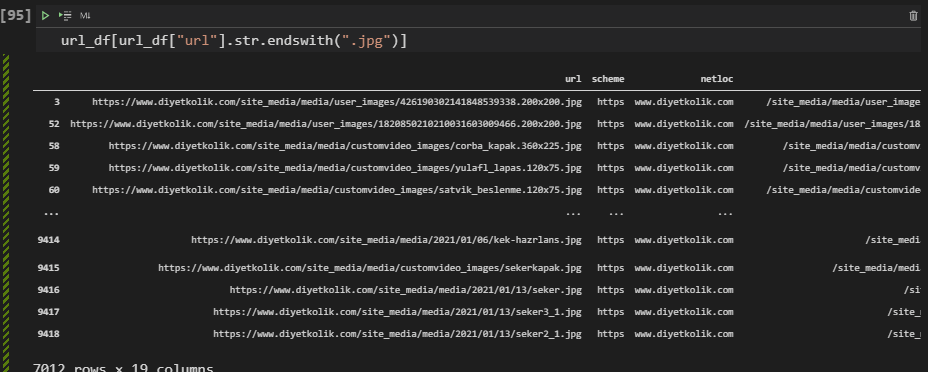
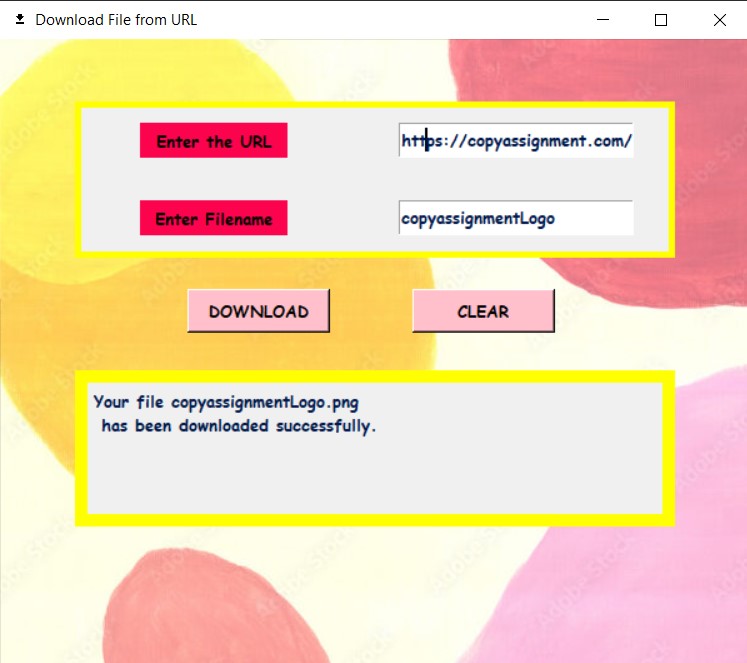


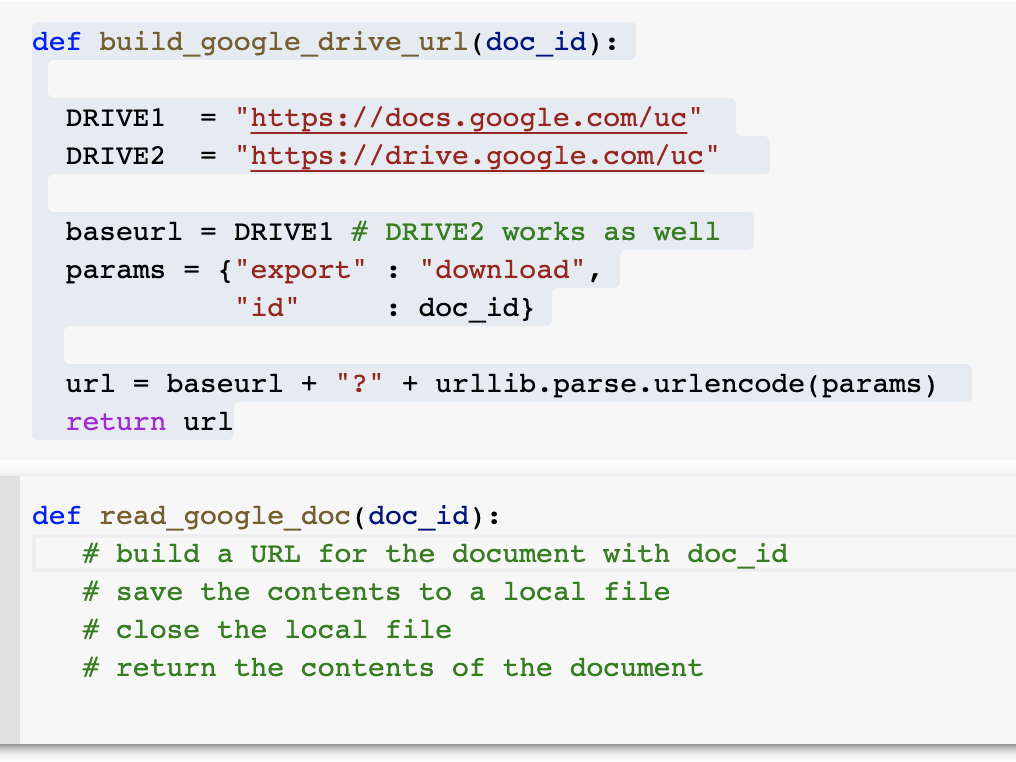

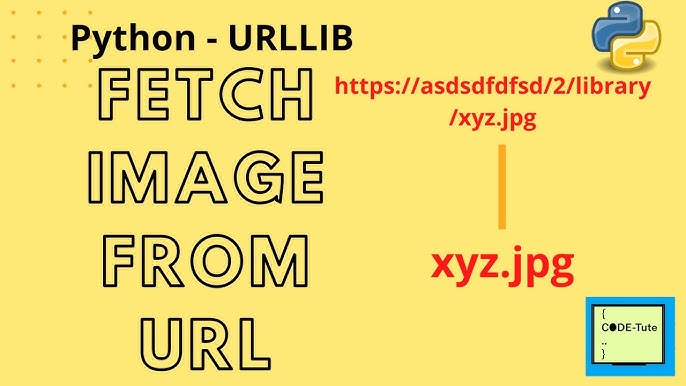
![Python 3] Hướng dẫn download file từ 1 URL trên Web - VinaSupport Python 3] Hướng Dẫn Download File Từ 1 Url Trên Web - Vinasupport](https://vinasupport.com/uploads/2021/11/Lay-Duong-Dan-Redirect-URL-Python-3-300x250.png)



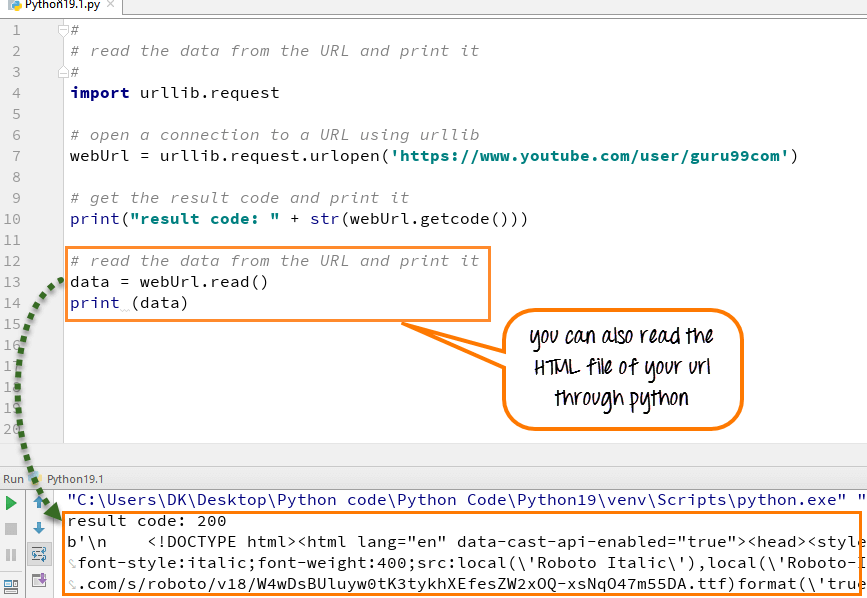
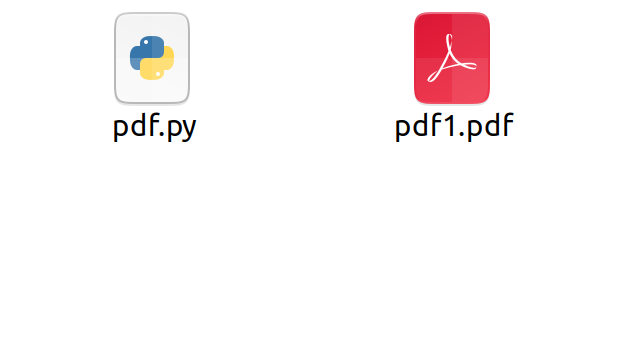
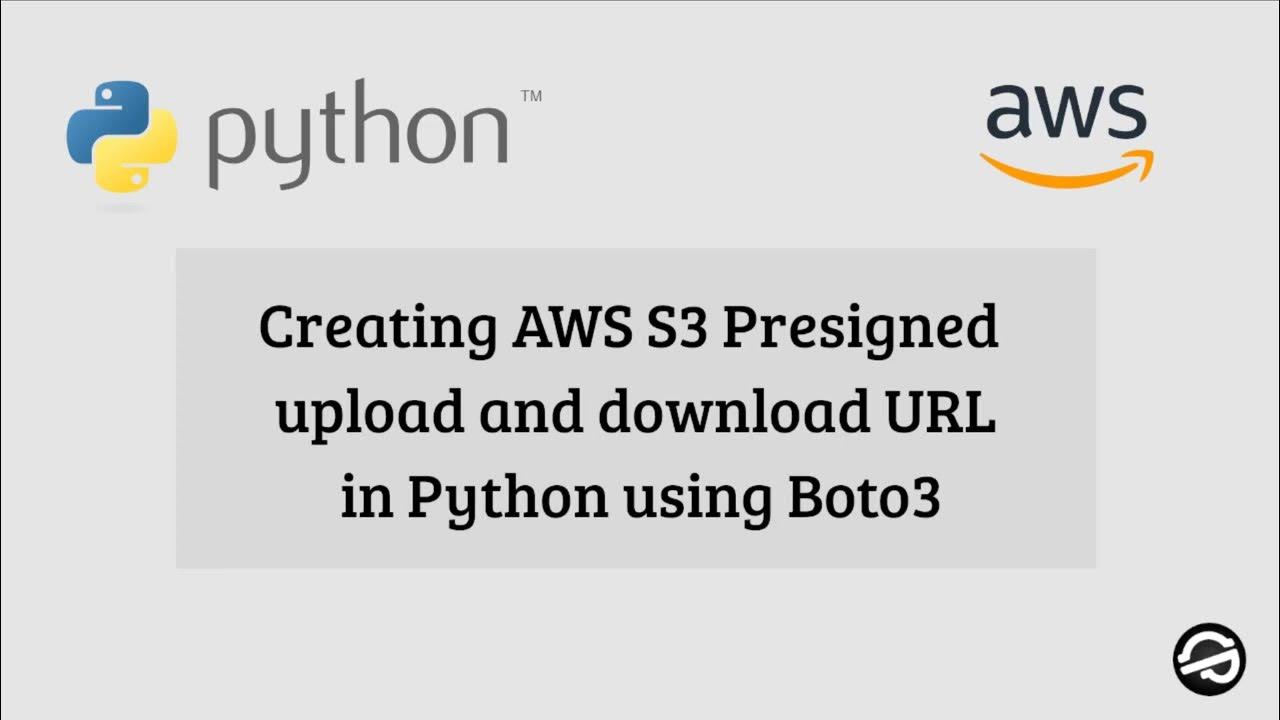
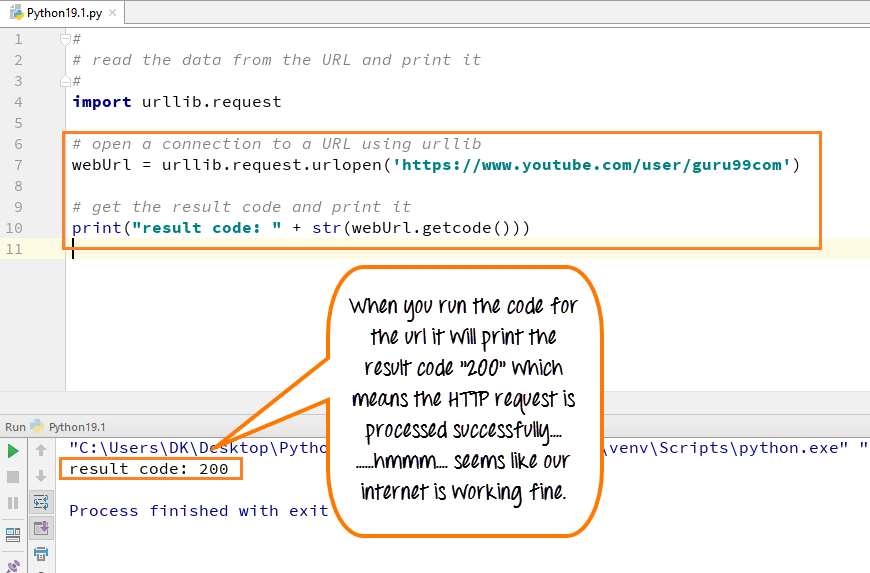







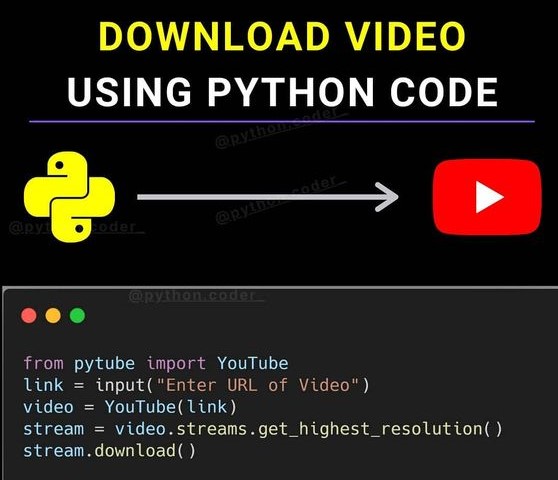
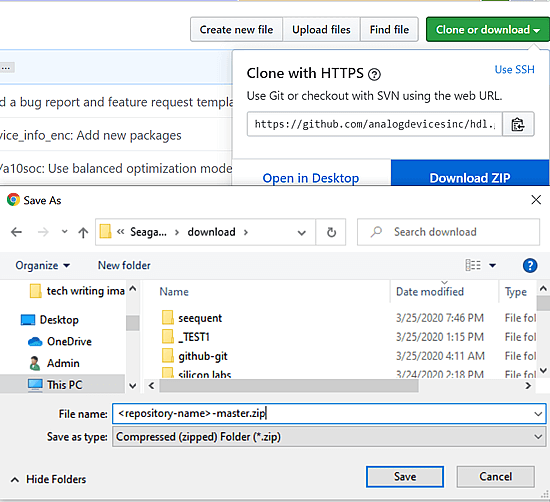
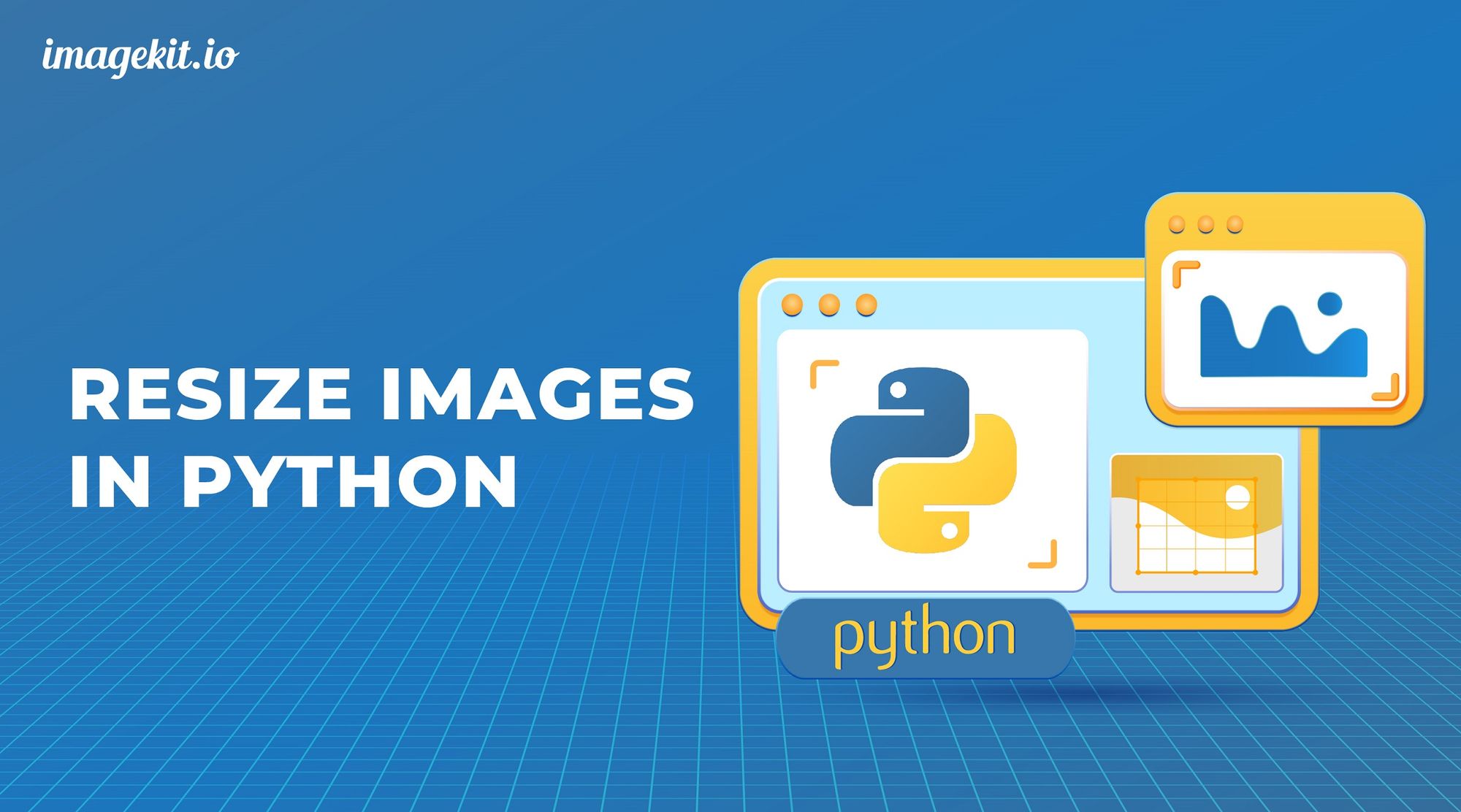


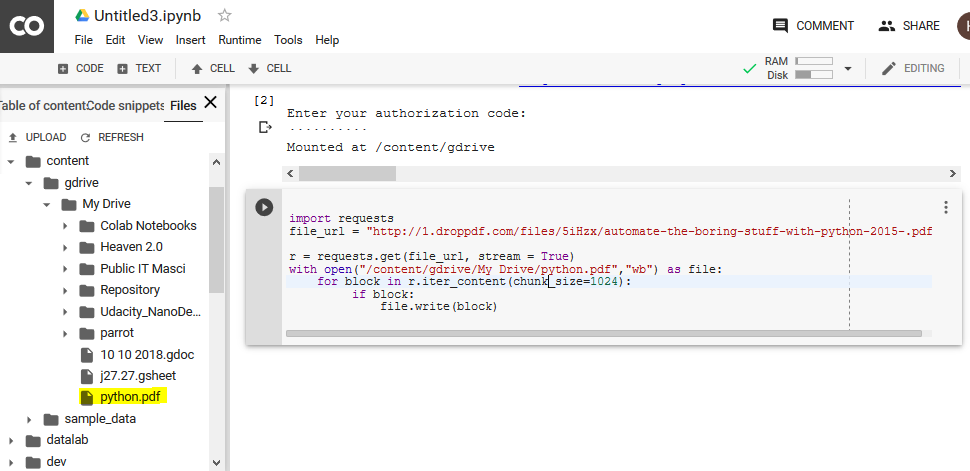
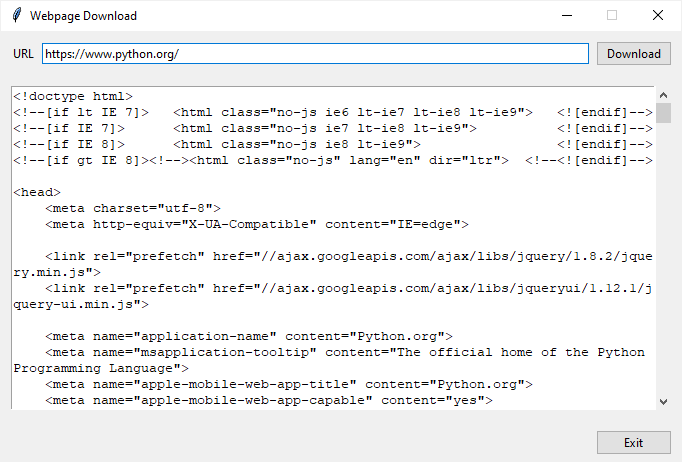
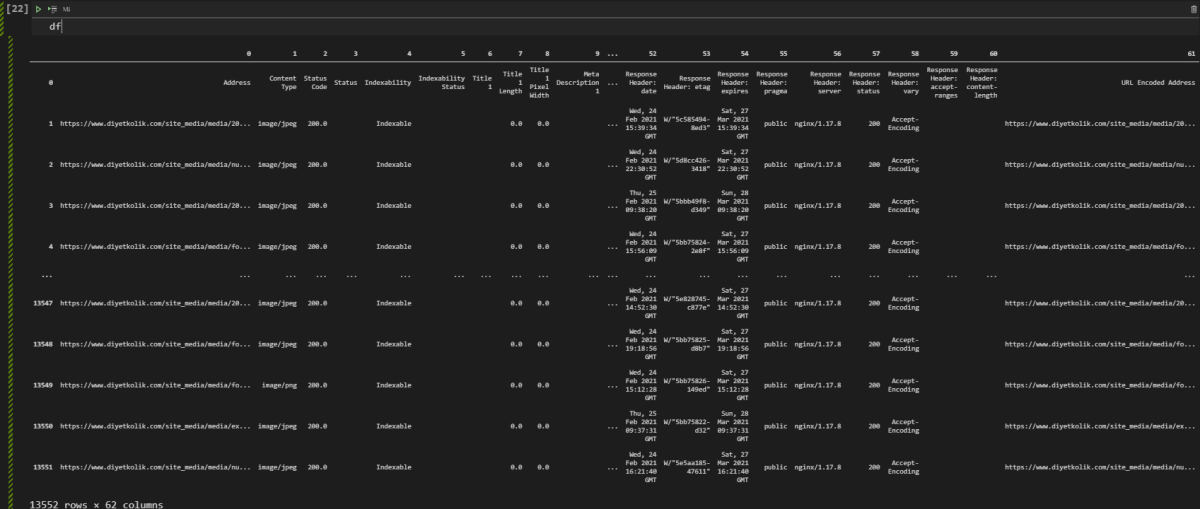

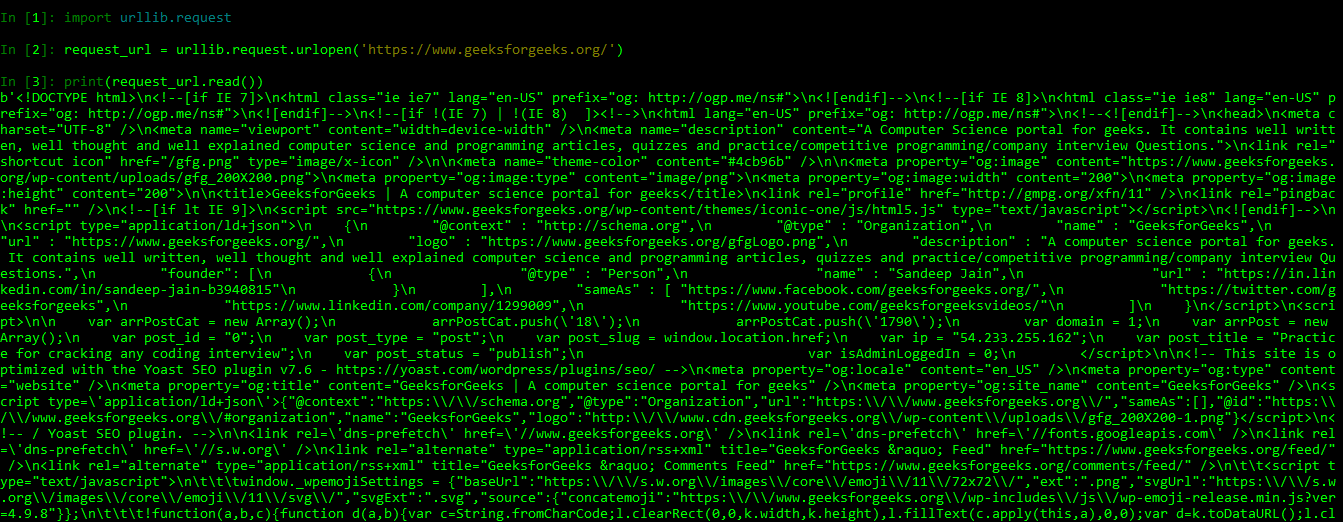



Article link: download image from url python.
Learn more about the topic download image from url python.
- 5 Easy Ways to Download an Image from a URL in Python
- How to download an image from a URL in Python
- python save image from url – Stack Overflow
- How to download an image with Python? – ScrapingBee
- How to Download an Image Using Python
- Download Image from URL using Python – PyShark
- How to Download Images From URLs, Convert the Type, and …
- Downloading Images with Python, PIL, Requests, and Urllib